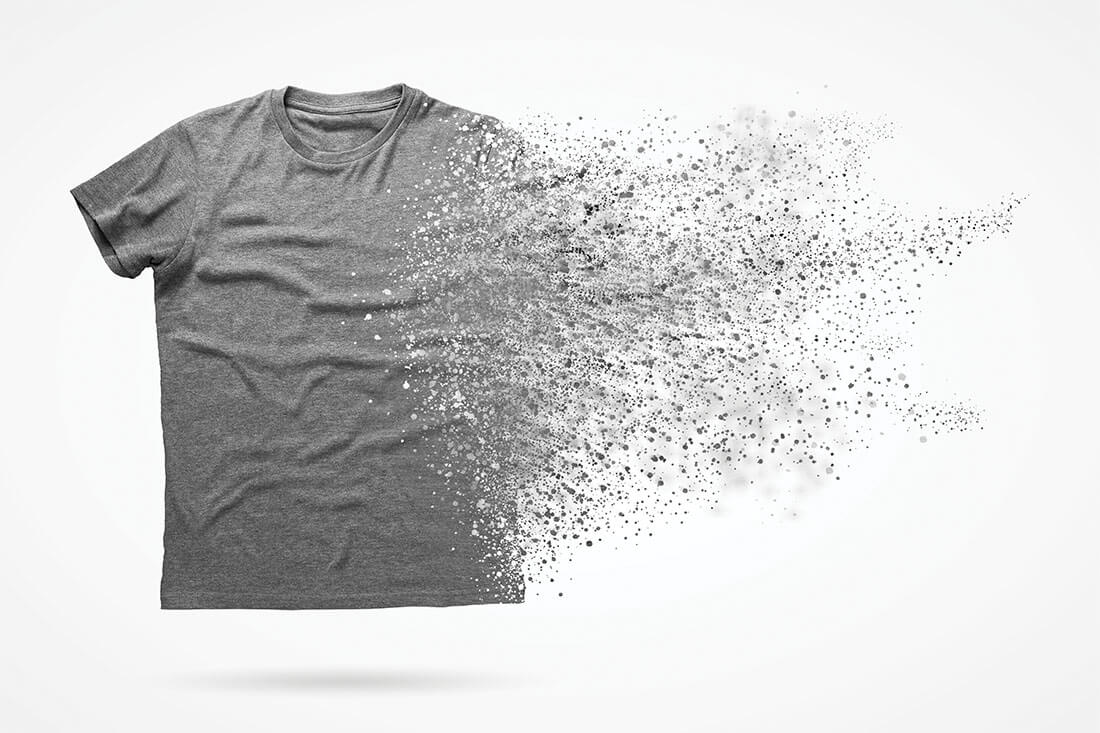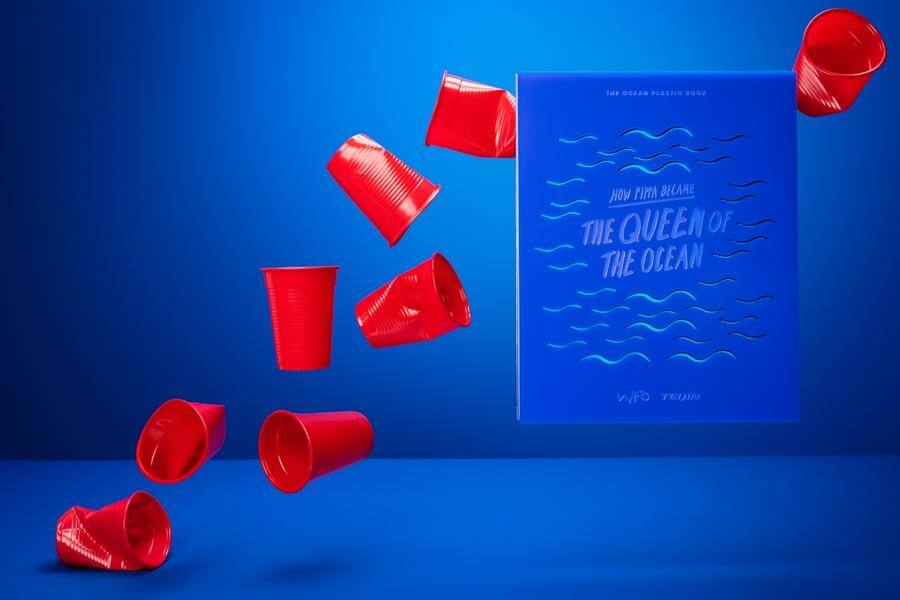As many of us know, most of the plastic produced in the world unfortunately ends up in the ocean. But not all of us know about one of the main causes of this pollution yet: our clothes. The relationship of plastics and the textile industry is quite destructive.
This week under the scope of #SuCoBlog:The 14th episode of the series called How To Save The World, which we love to follow, is reviewed! In this podcast series they regularly share informative and entertaining podcasts about disposable plastics, and this episode’s theme was "Fashion Sustainability". In this article, we share with you what we have learned about plastics and the textile industry.
Plastic and Textile
Yes, sustainable fashion is possible. Or let's rephrase like this, although the textile industry is focused on production and meeting the demands, it is not possible to be 100%, completely waste-free and sustainable. By changing our individual habits, however it is possible for us to create a long-lasting and sustainable form of clothing for ourselves. But first, let's get to know the destructive relationship between plastics and the textile industry closely so that we can understand what we need to do to change this fast-paced consumption-based order.
Undoubtedly, fabric is the most important element of the textile industry that affects nature. This element, which can be divided into two as natural fabric or synthetic fabric, plays a leading role in many issues related to nature, from water use to the amount of waste. Although natural fabrics such as cotton, silk, linen, wool and cashmere are much more nature-friendly compared to synthetic fabrics such as polyester, nylon, and lycra, they also stand out because they need a quite big amount of water in the production. Especially cotton is a material that needs large amounts of water. Around 102.2 million liters of water is used to produce just one cotton t-shirt. Think of the t-shirt production all over the world!
The Effect of Synthetic Fabrics on Nature
The relationship between plastic and textile has a great impact on nature. Synthetic fabrics, which cause much more waste and cause large amounts of carbon emissions, are preferred because they are cheap and easy to produce. As they are not biodegradable, they leave behind millions of small plastic wastes during and after their use. We call these microfibers, or all-inclusive microplastics.
According to the data shared by How To Save The World, 60% of the clothes produced in the world are from synthetic fabric. All of those clothes leave countless microfibers to nature in every wash. When we say countless, we are talking about 1900 fibers that emerge in one wash, based on the results of a study conducted in 2011. It is possible to think of microfibers as pieces of plastic smaller than 5 mm. Most of the time, because they are too small to be seen with the naked eye, they cannot be completely treated in wastewater treatment plants and accumulate in the oceans. This relationship of plastic and textile is too destructive to ignore!
According to IUCN data, 0.6 - 1.7 million tons of microfiber end up in the ocean each year. If sea creatures eat them, mistaking microfiber for food, guess who is also consuming microfibers everytime they eat a fish? By you, by us. There are microfibers in the fish we eat and the water we drink. In fact, a recent study suggests that 75% of fish in the northwest Atlantic have microplastics in their stomachs.
So what can be done? One of the solution suggestions shared in the podcast is to design washing machines that reduce the emission of fibers. We think it's a great idea! We learned that the scientist Mark Browne, who continues his studies at University College Dublin, is focusing on this project. Another suggestion is for textile manufacturers to design fabrics that shed less. And of course, in the end, it’s all up to us consumers.
We need to shop much more consciously, with much more thought. We should research and ask what fabrics the clothes we buy are made of. We should have less clothes, but of good quality and longevity. We should try to collect our laundry and wash it at longer intervals. We should use cold water when washing, instead of throwing away our old, damaged clothes and shoes immediately, we should try to repair them. Or exchange clothes that we do not use with those around us. Shopping at second-hand, vintage stores, and saying that we don't want bags when buying new clothes are among the things we can do. You see, after a bit of research, there is so much we can do! So come on, let's start from today.
You can listen to the podcast here!
If you care about nature and want to prevent the destructive effects of plastics, you should meet SuCo, a sustainable solution partner. You should use flasks and cloth bags and start minimizing the effects you leave in nature!
In this article, we talked about the destructive relationship between plastics and the textile industry. You can reach our previous article from the following link https://suco.uk/blogs/news/the-queen-of-the-ocean





Leave a comment
This site is protected by hCaptcha and the hCaptcha Privacy Policy and Terms of Service apply.